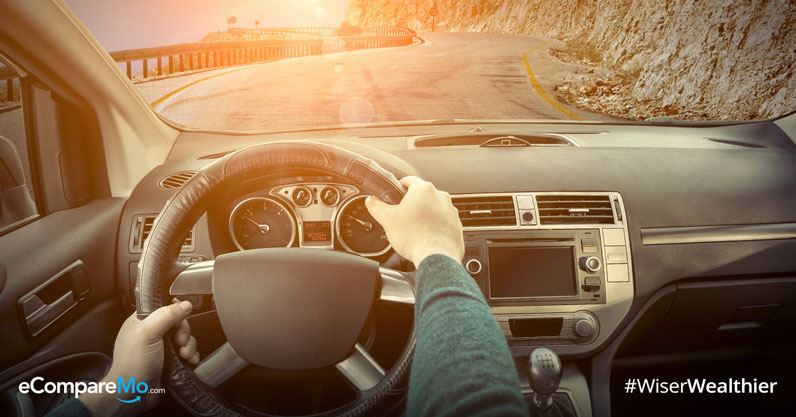Road Safety Tips: What To Check Before Going On A Long Drive
3 min readLong weekends come and go, and safety should always be on top of your priorities. Make every road trip a smooth sail with these car care tips.
Every time a non-working holiday is declared, hardworking individuals left and right yearn for another thing when they see a four-day work-free streak.

But before you pack your sunscreen and tell your friends that La Union is now just a four-hour drive away from the Metro, you may want to remember how to keep your car in tip-top shape before a road trip. Save yourself from headaches and prep your car before you even put your keys in the ignition with this car maintenance checklist for long road trips.
BLOWBAG
A time-tested car preparation program, the best way to make sure your car is roadworthy by checking BLOWBAG: battery, lights, oil, water, brakes, air, gas. To elaborate a bit, BLOWBAG means checking for the following:
- Battery. Check the contacts for signs of corrosion. If the engine starts slower than the usual, this may indicate that the battery may die soon. If you have a voltmeter, make sure that the battery’s voltage should be somewhere between 12.4 and 12.7 volts. Lower voltage means the battery needs some charging.
- Lights. Turn on all lights—headlights, taillights, daytime running lamps, foglamps, turn signals—and make sure they’re working. If the light emitted is blurry, clean your lamps until the glass is no longer foggy.
- Oil. Using your car’s dipstick, check if the level of your engine oil is near full and has the viscosity similar to a honey. If the level of the oil is too low, better fill it up before you even embark on a long trip.
- Water. Like you, your car needs hydration. Before you go, make sure that your car’s water is replenished. If the drive will take you somewhere remote, consider carrying your own water supply to prevent your car from overheating.
- Brakes. Does it feel like your car skids even if you stomp the brake pedal hard? You may already have worn brake pads. While any person with little mechanical knowledge can do it, it’s best to leave the checking to professionals.
- Air. It’s not just enough to fill your tires with air. Proper inflation means having the right air pressure in your car. Done correctly, properly aired tires will reduce the risk of a blowout during a trip.
- Gas. This isn’t solely confined to filling up your tank to the brim; knowing where the stations will be when you go to a road trip will make sure you won’t find your car on the sidewalk because of an empty tank.
Emergency repair kit
Prepping your car for a long drive can only do so much. Sometimes, accidents happen, and it is much better to have these in your trunk instead of waiting for a tow truck to cut your trip short:
- Early warning device, road flares
- Extra oil, jumper cables, fuses
- Spare tire, jack, lug wrench
- First aid kit, drinking water, non-perishable food
- Basic tool kit
While these things will help you get unstuck from the curb, this doesn’t mean that your car is already in good condition to endure more beating.
Driver preparation
Stepping behind the wheel not only means taking you and your passengers from point A to B; their lives are in your hands and you must be physically and mentally prepared for a long journey.
Like the car, you need to be in good condition to minimize risks of an accident. This means having enough sleep before the night and eating the right food before leaving. This will keep you focused on the road and getting you and your friends to your destination safely.
Vehicle insurance
Let’s face it: car accidents can and will happen. Unfortunately, no amount of spare tire or tool kit can save you from breakdowns beyond your tinkering skills
Before heading out with friends or family on a road trip, better check your car insurance policy if it’s valid.
Insurance is mostly about preparing for a car accident, but it’s the little things like free towing services and roadside assistance that will be most especially useful in these times.
